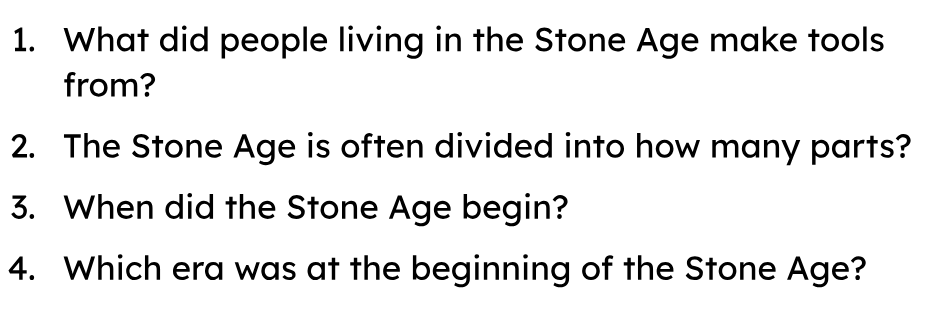Friday
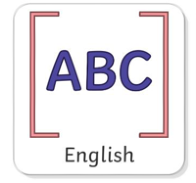
English
Main
Friday 17th January 2025
LC: To write a heading and opening statement in present tense.
Today we are going to write our heading, the introduction and the first stage.
Before we begin, we need to create a success criteria for our explanation text and add it to our learning wall! What do we need to include?

Now we need to look at our plans! I will look at the heading, introduction and stage one on my plan.
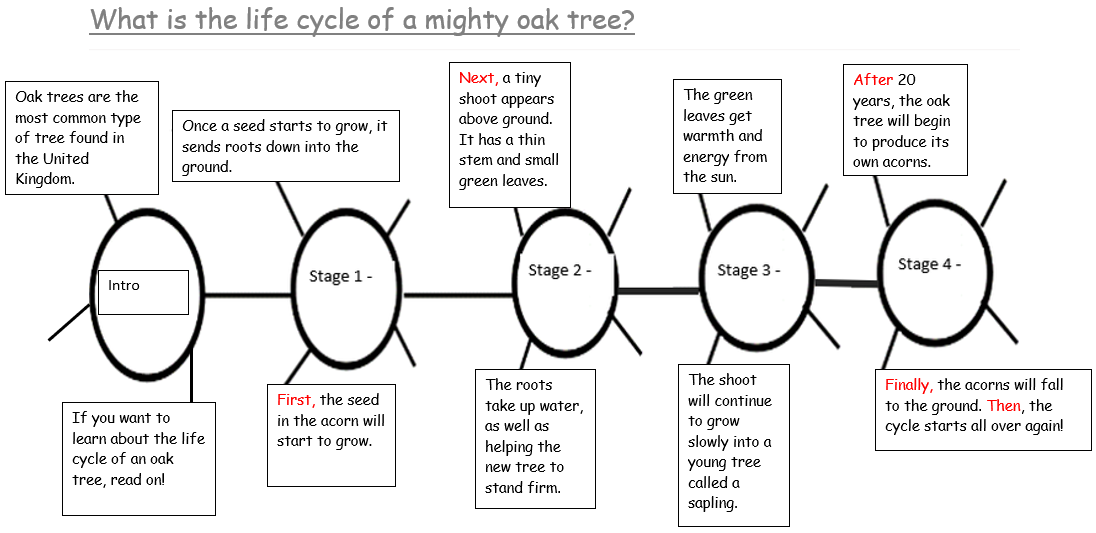
What we need on each page!
Page 1 - Heading and a picture of a plant.
Page 2 - Introduction.
Page 3 - Subheading (Germination) and paragraph one.
Page 4 - Subheading (Growing and Flowering) and paragraph two.
Page 5 - Subheading (Pollination) and paragraph three.
Page 6 - Subheading (Fertilisation and Seed Formation)and paragraph four.
Page 7 - Labelled diagram of a flower.
Page 8 - Subheading (Seed Dispersal)and paragraph five.
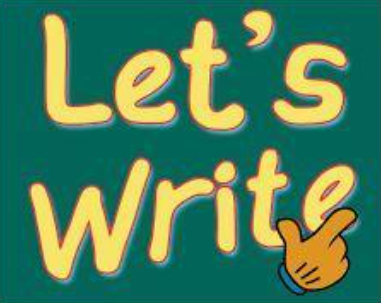
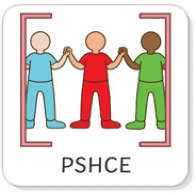
PSHCE
Friday 17th January 2025
LC: To identify basic examples of human rights.
Basic human rights are the fundamental rights and freedoms that every person in the world is entitled to, simply because they are human. These rights are universal, meaning they apply to everyone, everywhere, regardless of their nationality, race, religion, or any other status.
Below are the main human rights:
Right to Life- Everyone has the right to live and to be free from harm.
- No one should be subjected to torture or to cruel, inhuman, or degrading treatment or punishment.
- No one has the right to treat you as a slave or force you to work against your will.
- Everyone has the right to be heard in a fair and public trial by an independent and impartial tribunal.
- You have the right to think freely, have your own beliefs, and practice your religion.
Freedom of Expression
- Everyone has the right to express their thoughts and opinions.
Right to Education
- Everyone has the right to go to school and receive an education.
- Everyone has the right to privacy in their personal life and family.
Freedom of Movement
- Everyone has the right to move freely within their country and to leave and return to their country.
Right to Work and Fair Conditions
- Everyone has the right to work and to fair working conditions.
Right to Health
- Everyone has the right to the highest attainable standard of physical and mental health.
Let's look at children's rights below.
Can you spot any that are similar to the basic human rights?
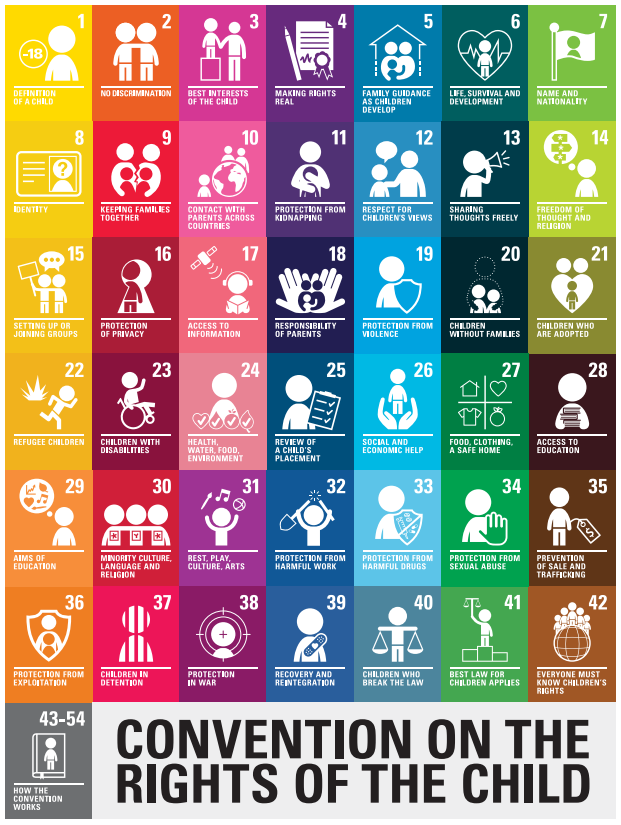
Whole Class Discussion
Let's select some rights and discuss why they are important!
Are there any rights that you don't understand?
The Convention on the Rights of the Child
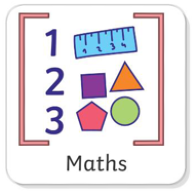
Maths
Friday 17th January 2025
LC: To solve word problems.
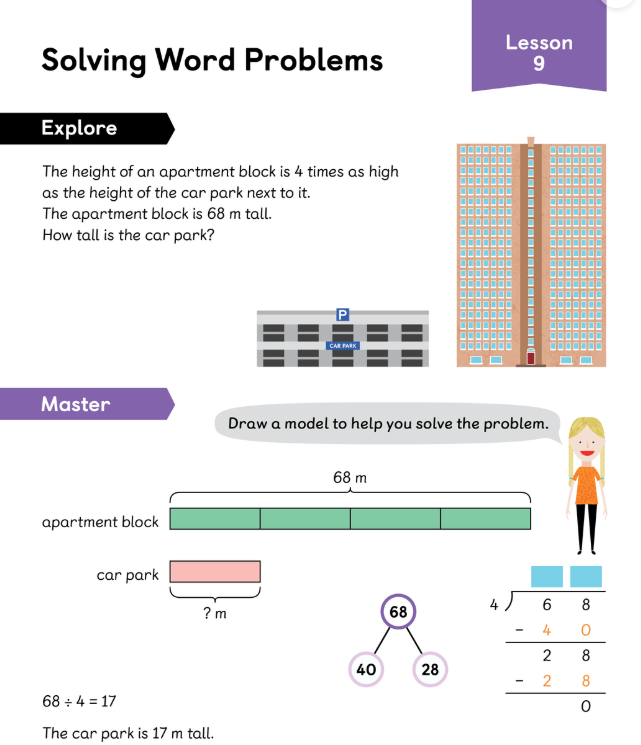
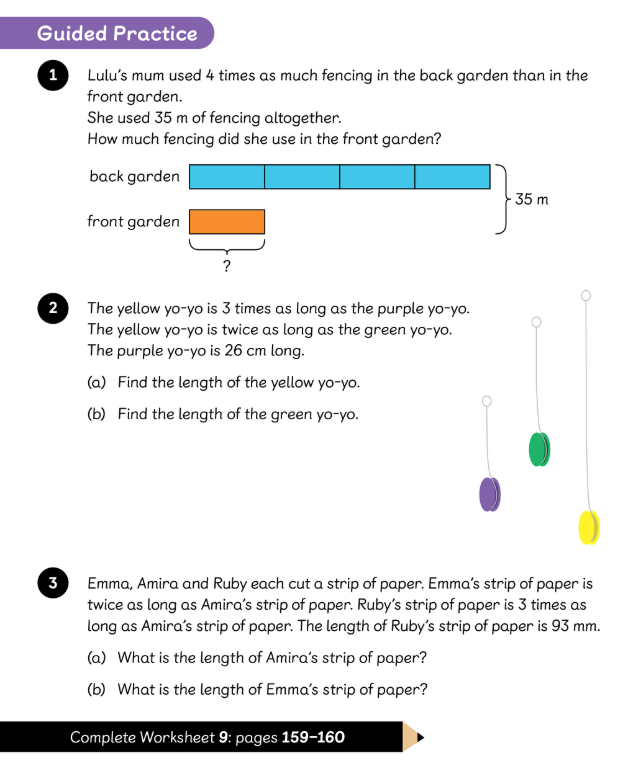
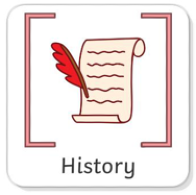
History
Friday 17th January 2025
LC: To identify what the main achievements were during the Palaeolithic era.
On your tables, discuss one thing that you can remember from last weeks lesson. Take a look at the pictures to remind you.
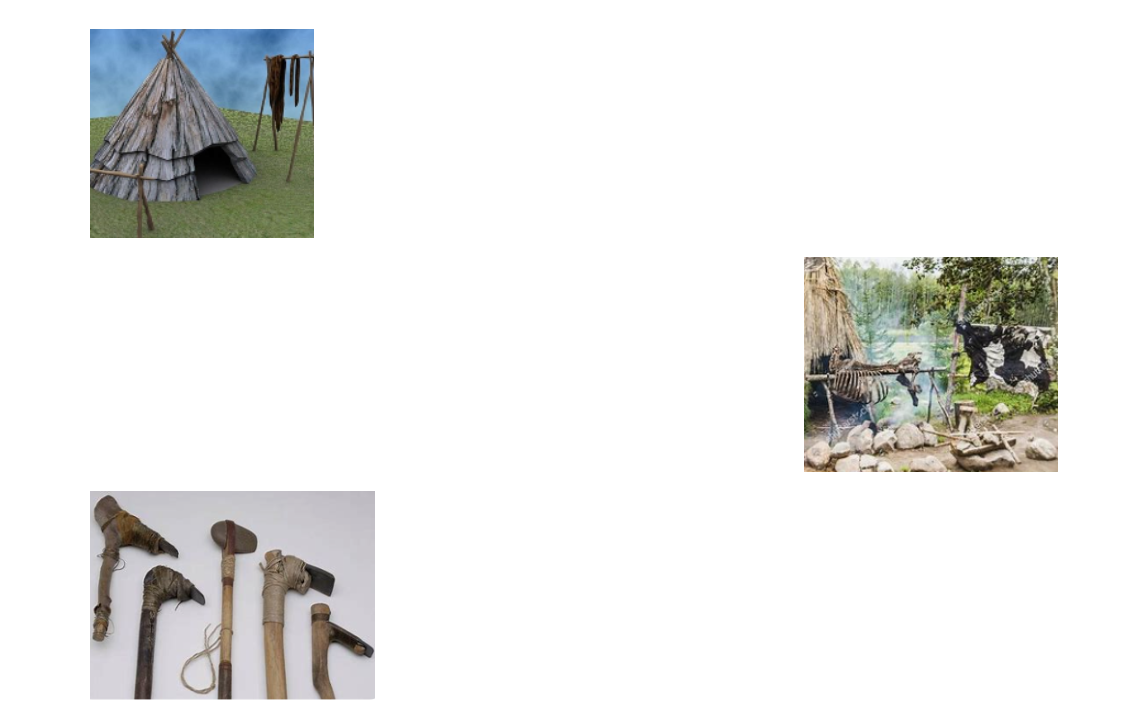
Last week we learned that The Stone Age began around 2 million years ago.

Fist part - Paleolithic Era also known the Early Stone Age.
Second part - Mesolithic Era also known as the Middle Stone Age.
Third part - Neolithic also known as the New Stone Age.
For today we are only concentrating on the first part of the Stone Age which is the Paleolithic Era.
We are going to have a look at 2 main achievements during the Paleolithic era.
1) Fire

Humans found that they could make fire from a stone called flint and that animals were scared of fire. Humans used the fire to protect themselves from dangerous animals and to keep themselves warm.
2) Stone Age tool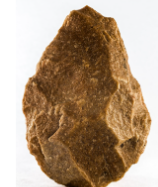
Humans found that stones could be shaped to become sharp enough to skin animals and cut branches to make fires.
You are going to have a go at making your very own hand axe. Take a look at the video and concentrate on the shape of the hand axe.
Your teacher will provide you with some clay.
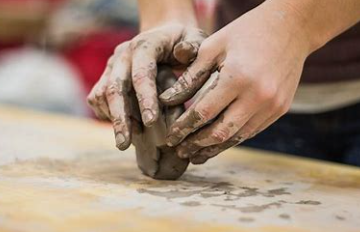
When making your hand axe, remember to think about the shape and how sharp you have made it.
Challenge
In your books answer the following questions:
